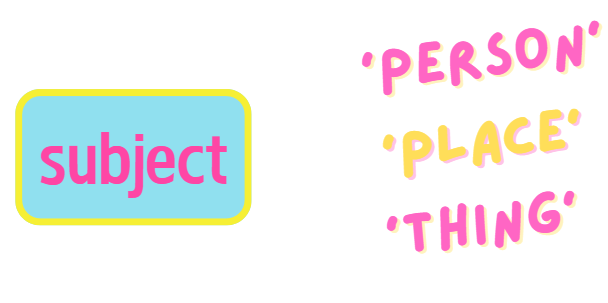Active and passive voice: what’s the difference?
Whether a seasoned, novice or somewhere-in-between writer, we often grapple with the nuances of written expression. One of the basics to master is the choice between active and passive voice. Put simply, it can significantly affect the clarity and effectiveness of our writing. Before diving into the mechanics, let's establish a critical point: neither voice is inherently superior. Rather, each serves a distinct purpose in written communication.
Decoding active and passive voice
Consider this scenario: ‘The researcher analysed the data’.
Here, we have a classic active voice construction where the subject [researcher] does the action [analysing]. The sentence structure follows a natural flow, making it instantly clear who did what. What makes it so? The word order of our sentence parts! Yes, it’s that simple.
Specifically, it’s the order in which our brain expects to find the words on the page or screen. It’s also how we speak. So, really, it makes perfect sense to order them that way. Reading is always easier and faster in active voice.
In active voice, that word order goes like this:
the person/place/thing
doing the action [subject]
followed by
the action eg, doing word
[verb]
ACTIVE VOICE ordering
SUBJECT [WHO] then VERB [DOES WHAT]
So far so good?
Let's now examine its passive counterpart
‘The data was analysed by the researcher’. Or simply ‘The data was analysed’.
Notice how the focus shifts from the actor to the action itself. In passive voice, the subject becomes the recipient rather than the doer of the action. The subject has moved behind the verb.
Linguistic scholar Maria Chen (2021) puts this nicely (if a little fancy): ‘Passive voice inverts the traditional action sequence, placing the recipient at the forefront while potentially obscuring or eliminating the actor entirely’.
Spotting passive voice in your writing
Passive constructions often reveal themselves through specific patterns. The tell-tale preposition ‘by’ is a very common indicator, as we show in these examples:
1. The psychological effects were documented by the longitudinal study.
2. The hypothesis was confirmed by multiple experiments.
How do we make the sentence ‘active’?
We flip the word order.
And get rid of the unnecessary words.
Active. subject + verb
1. The longitudinal study documented the psychological effects.
subject + verb
2. Multiple experiments confirmed the hypothesis.
However, not all passive constructions include ‘by.’ Sometimes, the actor disappears entirely.
Missing subjects can be problematic for any kind of writing, whether business, academic or government. Consider these examples:
Passive. It is widely accepted that artificial intelligence will transform healthcare delivery.
(Who accepts this?)
Passive. Significant correlations were observed between sleep patterns and cognitive performance.
(Who observed these correlations?)
In these cases, the passive voice potentially masks important information about who conducted the research or formed these conclusions. While this construction can sometimes be appropriate, it mostly creates unnecessary ambiguity in our writing.
To recap, the passive makes our writing harder to read, less clear and our sentences longer. Not ideal when most readers are time-poor and need our writing to get to the point quickly.
Is the passive voice incorrect, then?
At this point, you’re probably wondering if you should hunt down and purge all passives (subject after the verb or missing subject) from your documents. The answer is a simple ‘no’. Passive voice does have a place and purpose in written communication. And knowing when to employ it can enhance your writing's sophistication and precision.
Want to master the strategic use of passive voice in your business or academic writing? Stay tuned for our next instalment: Using Passive Voice Strategically in Your Writing. We'll explore precisely how and when to use passive constructions effectively.
If you enjoyed this post, it would be greatly appreciated by us [see what I did there😉!] if you’d help it spread by emailing it to a friend or sharing it on X or Facebook. Thank you! (seriously, we’d greatly appreciate it!)





